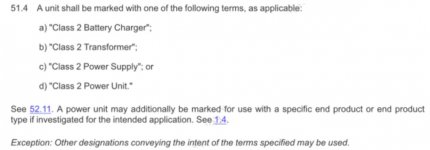That's not true. The control network is two way communication. The development of the technology is centered around not only lighting control, but also to bring data from the fixtures, or more precisely from sensors attached to the fixtures, back to a central server. The collected sensory data can be used for the display of environmental or electrical monitoring, and occupancy. Gunshots can be detected and relevant information sent directly to first responders instead of sorting through 1000s of 911 calls. The centralized servers can be stand-alone or the lighting system and it's data can be fully integrated with other building systems.
Highbays are not a problem. The LED arrays are segmented within the fixture so multiple drivers can be applied. Is that practical? The jury is still out, but it is possible and being implemented. On the most recent IEEE 802.3bt standard, 71 watts at the fixture x2 drives a highbay quite nicely.
Yes, I sound like an advertisement, but hey, someone has to pop in here to let you know it's the way of the future. Sorry I'm late to the party.
I mainly joined to see how the NEC is handling PoE lighting because customers are asking. It sounds like they're not doing a very good job, yet.

